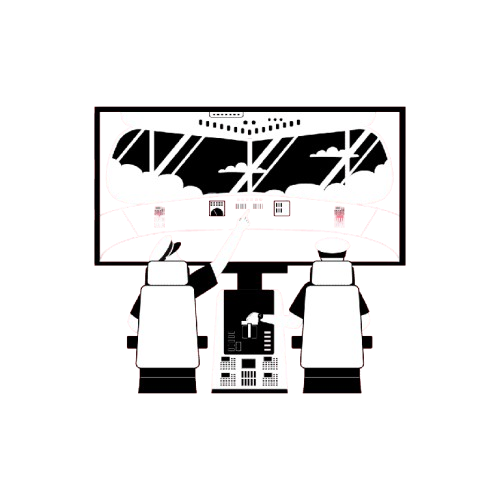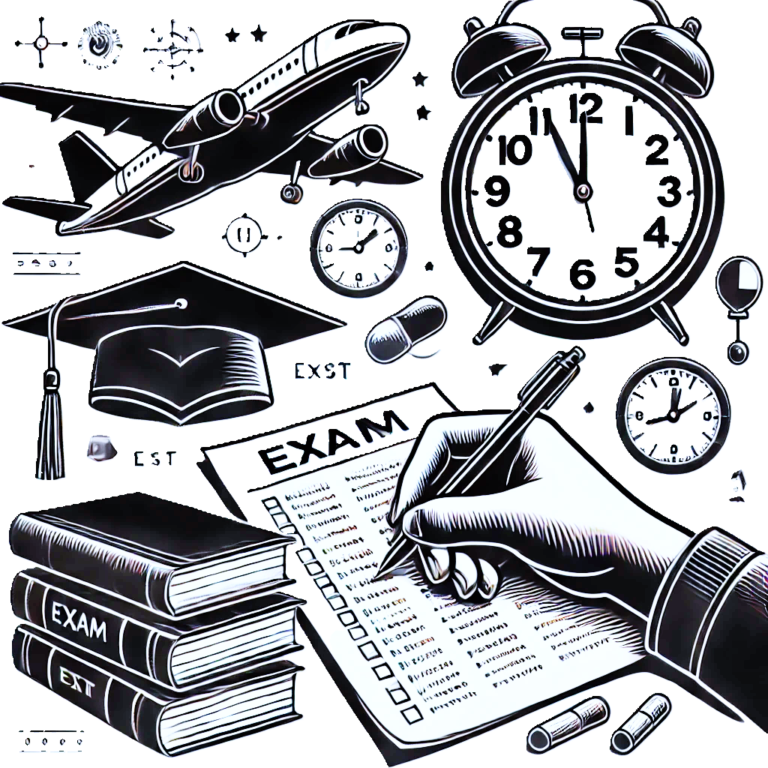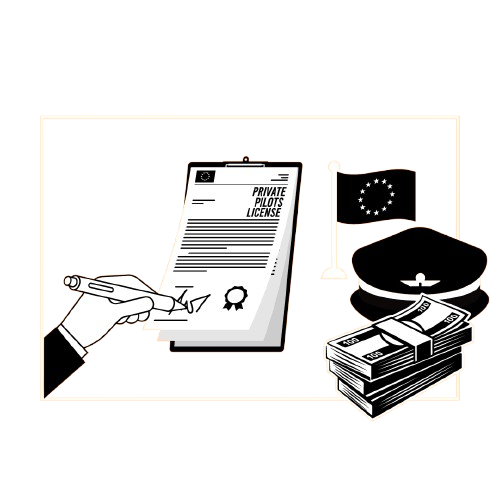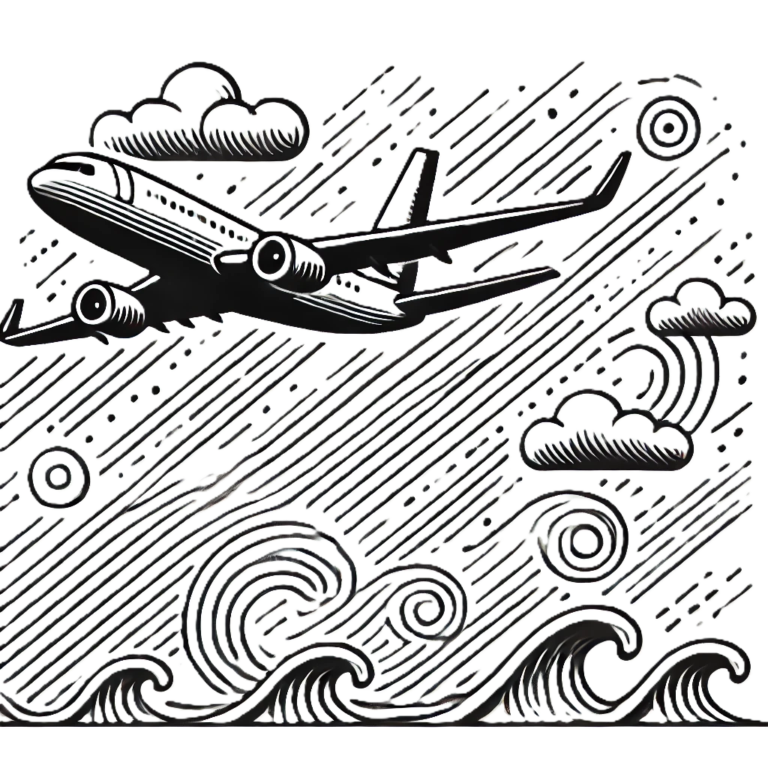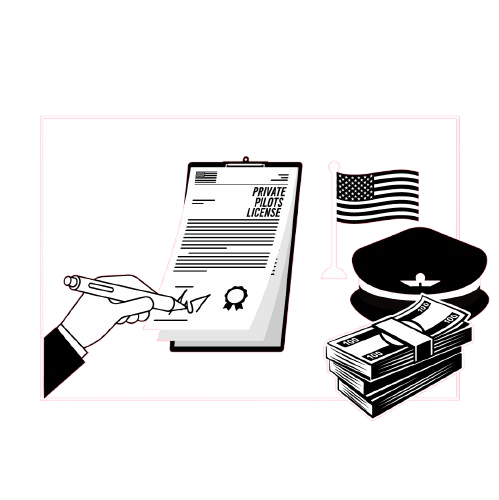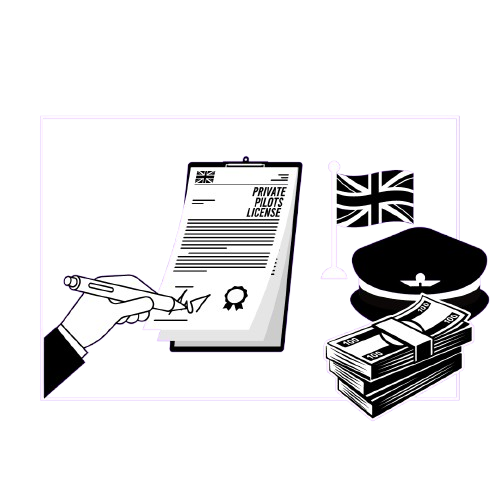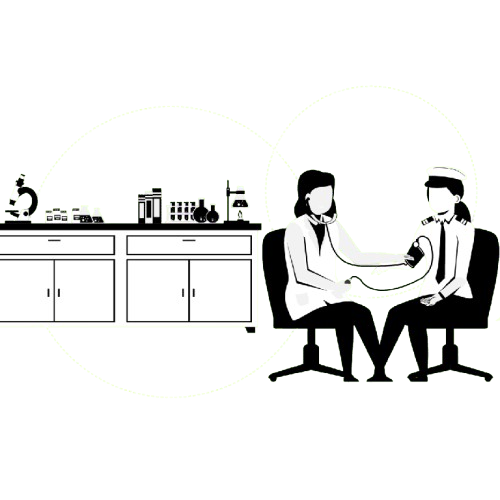What Is The Type Rating Course Like? What Can You Expect?
In this blog post, I’ll explain exactly what a Type Rating is, why it is required and what a typical Type Rating course might look like, as well as my experience doing my Type Rating on the Airbus A320.
This blog post is part of our extensive How To Become A Commercial Pilot Guide. You’ll find a wealth of information about finding the best flight school, different pilot training routes, and passing assessment tests and much more!
What Is A Type Rating For Pilots?
If you’re joining your first airline or moving to fly a new aircraft type, you must complete a Type Rating course.
A Type Rating is a licence to fly a particular aircraft. For example, I completed an A320 Type Rating, meaning I can fly the Airbus A318, A319, A320 and A321, as they all fall into the same family.
However, I cannot fly the Airbus A350 or a Boeing 787 as this would require a new Type Rating.
This is something that all airline or transport pilots will need to conduct to allow them to fly the aircraft that they will be employed to fly.
This is usually the last stage of full flight simulator training as part of your flight training to become an airline pilot.
Pilot Training – Type Rating Ground School
The course/pilot training will involve weeks of ground school, where you will learn all about the specific systems of that aircraft.
We pilots are certainly not expected to know this at an engineering level, but you must understand the systems and how they work.
While studying the aircraft systems, you will also be required to learn the airline’s SOPs (standard operating procedures) and the aircraft itself.
On successful completion of the required exams, you will then begin your simulator phase.
The Type Rating Simulator Phase
The simulator phase is similar to that of the AQC course.
However, it is tailored to that aircraft-specific type and the airline’s SOPs. The training will include more involved, complex situations and emergencies.
There is far more content to learn here, as you must learn the SOPs.
These operating procedures cover everything, from arriving at the aircraft before the flight to the shutdown of the engines and securing the jet.
It’s a very time-heavy process, and you will need to, once again, dedicate your life to this stage.
However, being fluent with the operating procedures and knowing what to do/say at each stage will again free up your mental capacity, allowing you to deal with non-normal events whilst operating the aircraft safely and successfully.
I honestly can’t stress the importance of knowing the SOPs inside out.
They should come to you like your favourite song – naturally and subconsciously.
Not only will this benefit you during your Type Rating course, but it will also be essential when operating on this aircraft and with this airline throughout your career.
Type Rating Training – Learning Complex Failures
During your simulator phase, you will deal with complex emergencies, such as hydraulic faults, other system faults, and engine fires and failures, requiring you to fly a jet aircraft with a single engine for the first time.
As part of this, pilots must learn and subsequently demonstrate the ability to perform an EFATO (engine failure at take-off) successfully. This is one of the steepest learning curves in the simulator stage.
This EFATO training is vital to master as it is a significant failure at one of the most critical stages of flight.
With this, you will also be required to fly approaches and land the aircraft with one engine inoperative.
How many engines you will have remaining after an engine malfunction will depend on your aircraft type. In the case of most aircraft types, you will fly with a single engine, as I did on my airbus a320 type rating.
However, in the case of some jets, such as the Jumbo Jet and the Airbus A380, you may still have three engines operating!
ATPL Skills Test
Once you have completed all the necessary training, you will complete an ATPL skills test.
This test is the final stage before you can fly the jet!
The skills test involves flying safely from point A to B, including all the associated ground checks.
Along the way, you will be required to handle multiple failures. Some failures will be complex, and others simple.
You will also be required to demonstrate that you can perform an EFATO and safely operate the aircraft with one engine inoperative.
Successful demonstration of other emergency items known as ‘memory items’ will also be required, such as rejected take-offs, terrain escape manoeuvres and much more.
Upon completing this skills test, you’ll be given your Type Rating Pilot Certificate and head to the next step, Base Training.
My Experience Of The Type Rating Course
I can honestly say that the Type Rating is one of the most exciting parts of the training.
You’re finally operating a modern jet, albeit in the simulator. It is the final step between you and the real thing.
However, don’t underestimate just how difficult it is. You’ll be required to demonstrate a sound understanding of the aircraft systems and be expected to fluently recite the company’s SOPs and emergency procedures throughout each simulator detail.

